您的购物车目前是空的!
How to Be a Self-Taught Artist: Do you have a passion for creating art? Believe it or not, you don’t need a formal degree or certification to kickstart your art career. While being a self-taught artist can be challenging, it’s certainly within your reach. With the right focus, drive, and determination, your artistic dreams can come true. We’ve compiled a list of tips and tricks to guide you on your artistic journey.
1.Learn the basics.
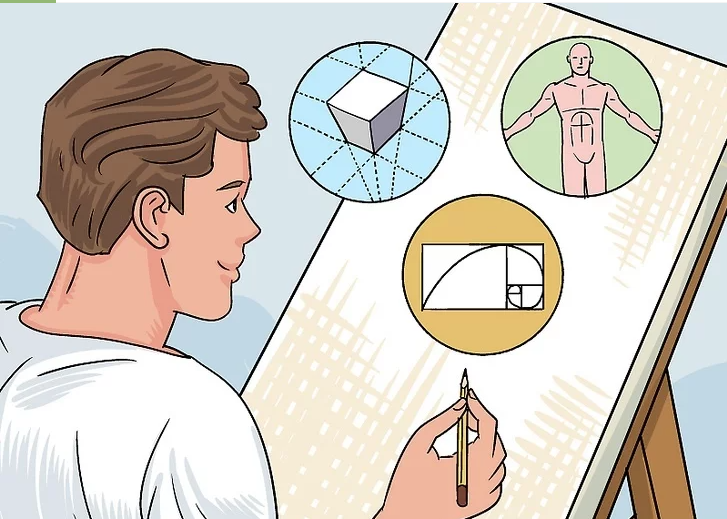
Start by building a strong foundation with essential art skills. Mastering the fundamentals, such as perspective, anatomy, and composition, is crucial for your artistic growth. While these skills may appear basic at first, they play a vital role in elevating the quality of your future artworks.
2.Read and watch tutorials.

YouTube videos and art-related articles can serve as valuable stepping stones. As you begin your journey, search for specific art skills or concepts you want to improve on. Videos and articles offer convenient and free resources to sharpen your craft. For instance, you could search for “oil painting techniques” or “how to draw hands” online.
3.Sign up for online classes.
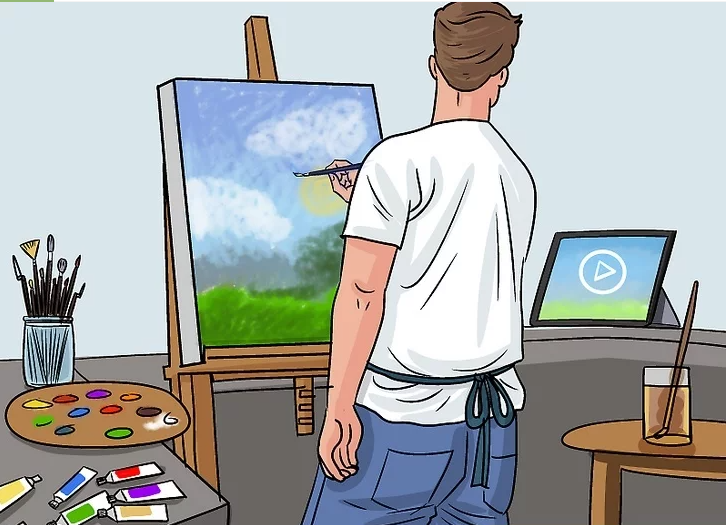
Choose an online class that aligns with your art niche. Whether it’s traditional sketches or digital art, there are countless courses available to help you refine specific skills. Look for classes taught by professional artists, as these provide hands-on opportunities to enhance your abilities. While many professional courses require payment, some universities offer free art classes as well.
4 .Start with small projects.
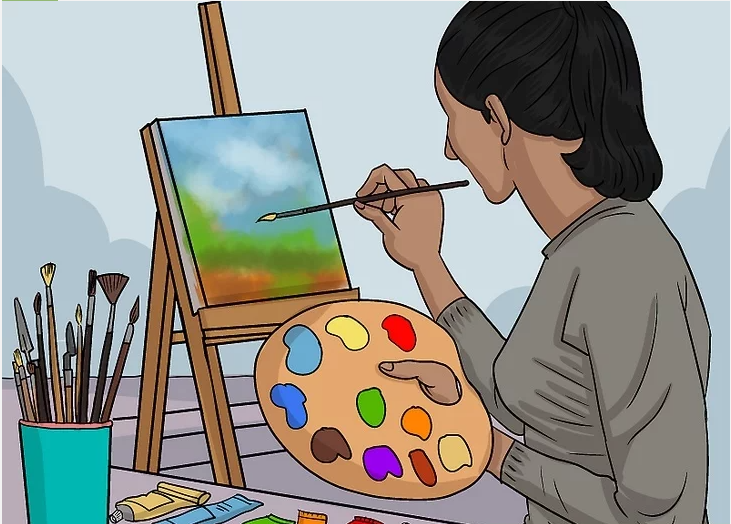
Start by recreating simple subjects on a small canvas. Avoid jumping into a large, complex painting or portrait right away. Instead, begin with a small canvas and build your skills from there—this approach is much easier and less intimidating than tackling a detailed tutorial for a big painting. A canvas size of 8 by 8 inches (20 by 20 cm) is an excellent place to start.
5.Study other artists.
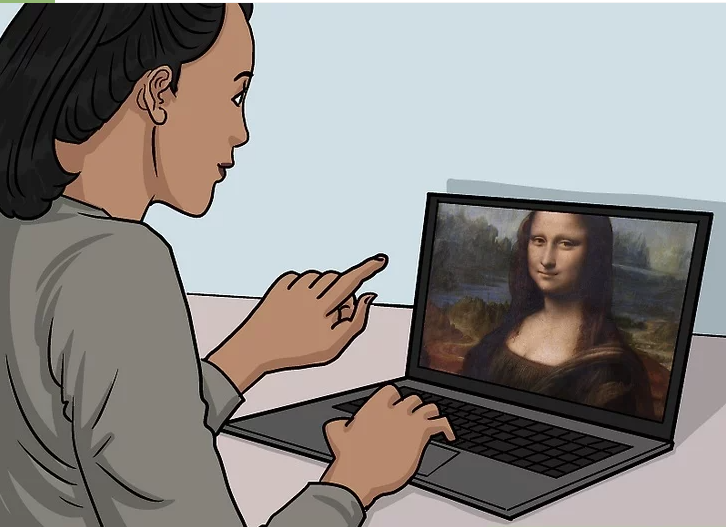
Study famous art pieces to understand the techniques used. Rather than directly copying or tracing another artist’s work, focus on observing the specific brush techniques they applied and how they layered and blended various elements of their creations. Iconic artists like Da Vinci and Van Gogh are excellent sources of inspiration and learning.
6.Practice regularly.
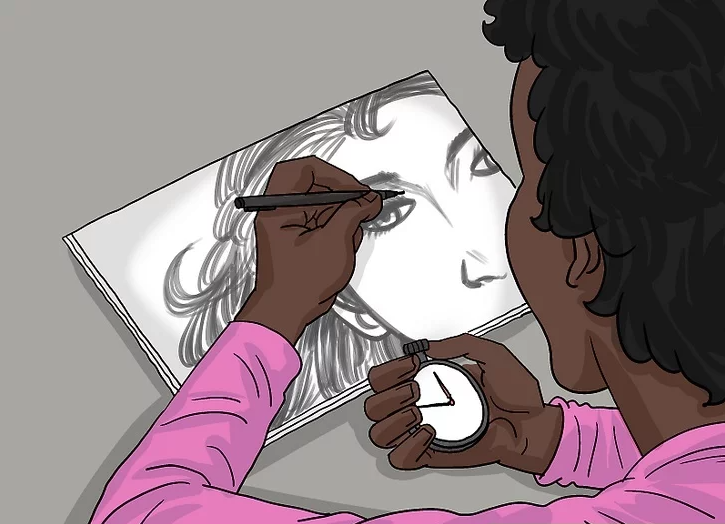
Commit time to your craft every day. Even if your schedule is packed, setting aside just half an hour for drawing each day can make a significant difference in your improvement and growth!
7.Document all your art.
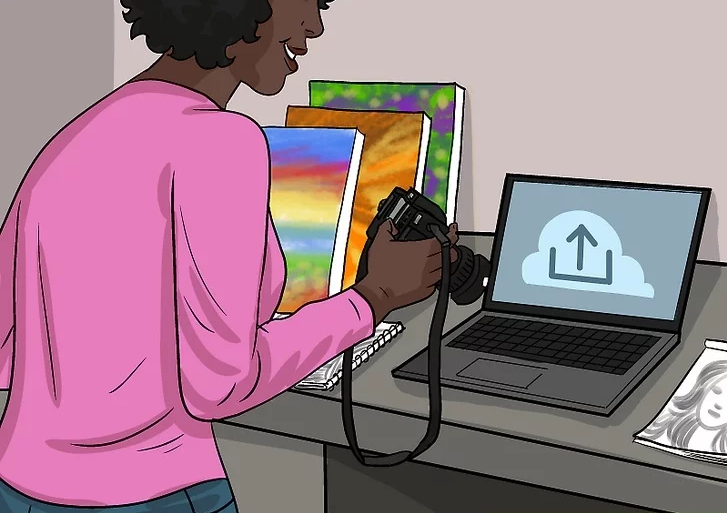
Share your art on social media. Platforms like Twitter or Instagram are excellent tools for documenting your journey and tracking your progress. As you create more artwork, you can compare your older pieces with your newer ones and see how much you’ve grown.
8 .Join the art community.
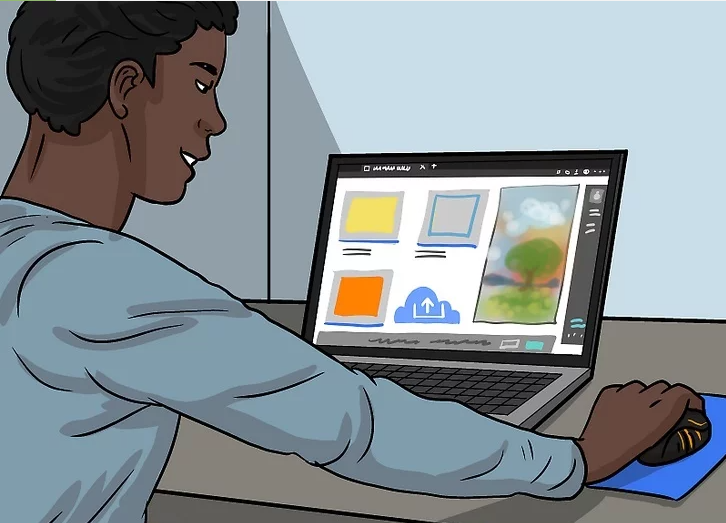
The art community offers a great way to connect with fellow artists. Network with artists on social media, participate in art competitions and exhibitions, or engage with others through forums and live demonstrations.
9.Ask for feedback.
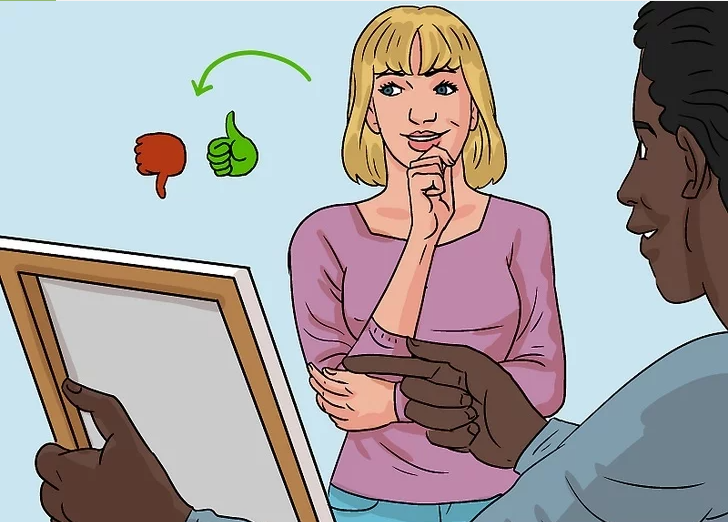
A second pair of eyes can provide valuable insight. Ask a friend or fellow artist to review your artwork. They can point out areas for improvement, helping you focus on what to work on moving forward.
10.Go easy on yourself.
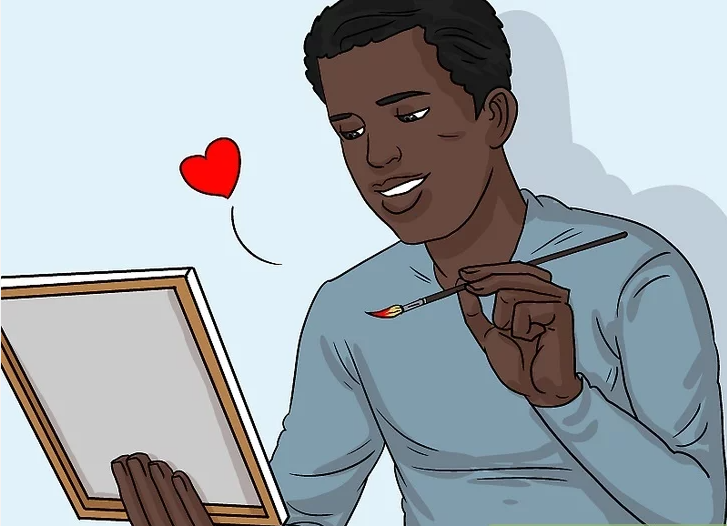
Avoid comparing your art to that of other artists. Becoming a self-taught artist is a journey that takes time. Embrace and appreciate your art for what it is, without expecting it to reach professional standards immediately.